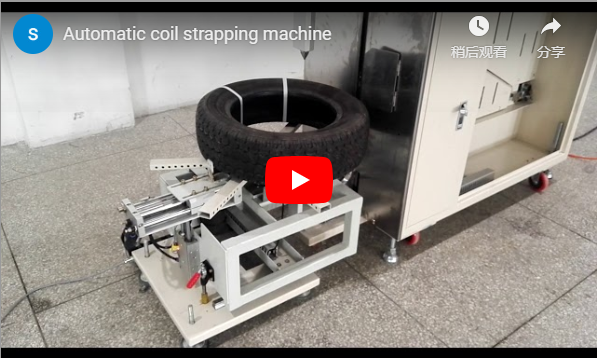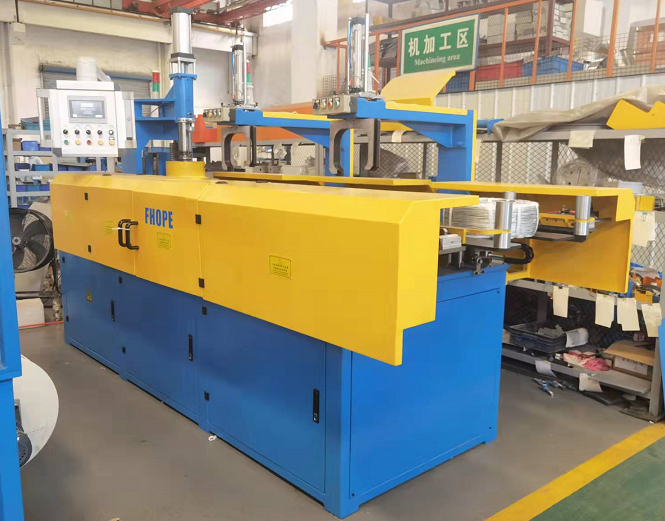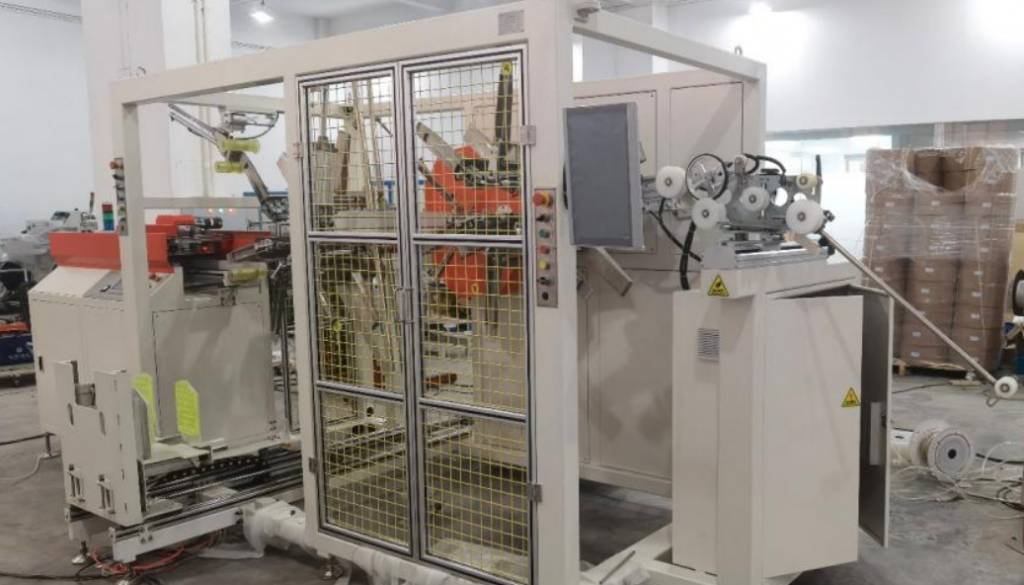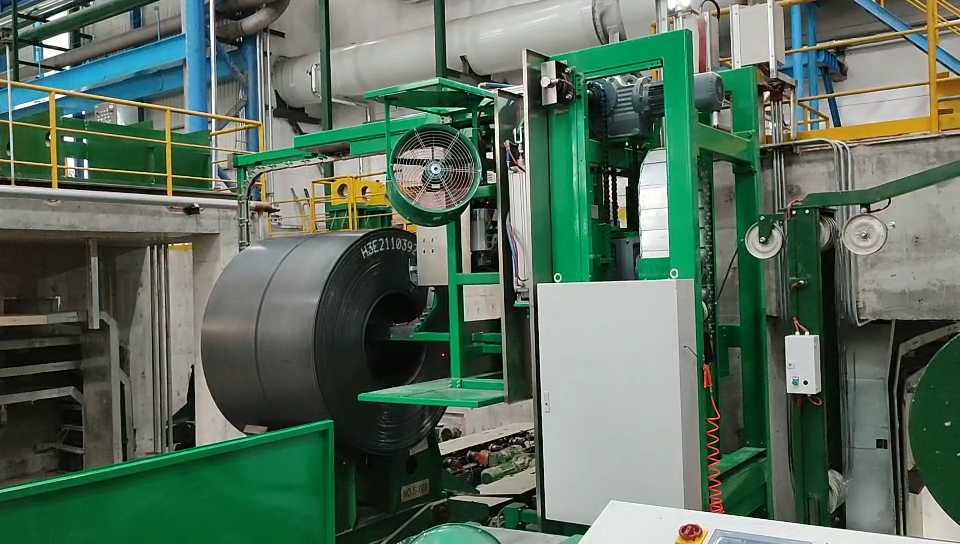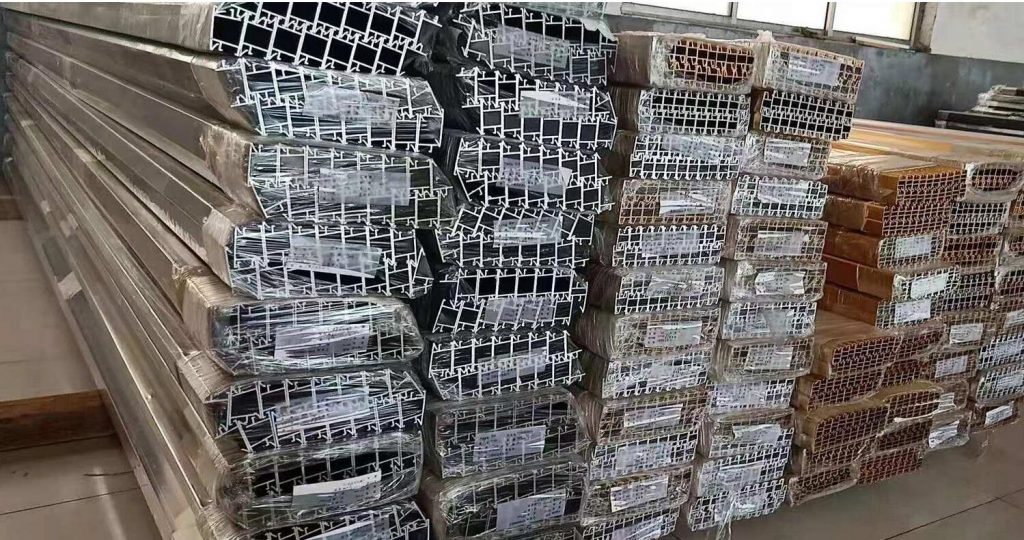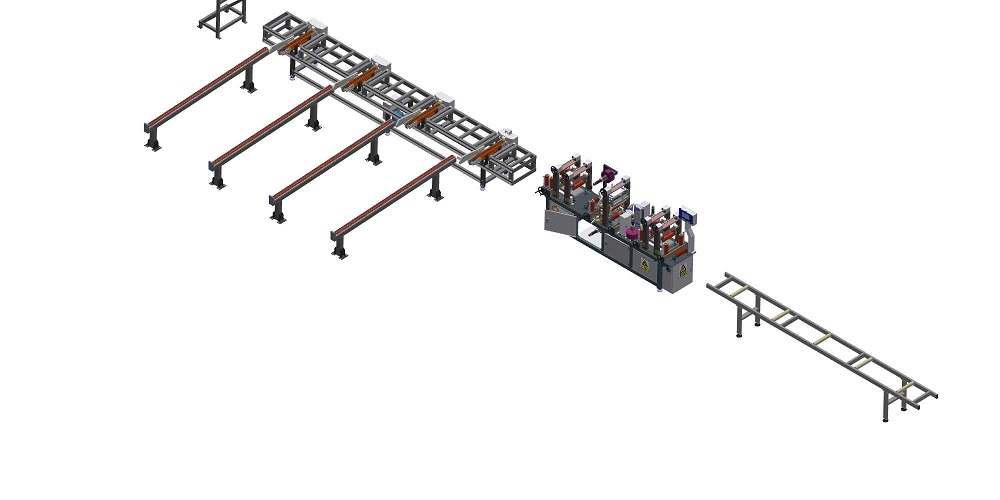I know how fragile board edges can get during handling. Accidental bumps or tight bands can ruin entire shipments. These damages waste time and money. I have found a strategy that reduces these problems.
Automatic strapping machines give consistent tension and prevent over-compression. They also pair well with corner protectors. Together, they reinforce edges and keep products intact. In my work with FHOPEPACK, I have learned how important these technologies are. I will share practical insights and explain how they help us meet our packaging goals.
I started my journey in manufacturing when I realized that our manual strapping methods caused uneven forces on boards. I lost profits due to breakages and client complaints. My search for better methods led me to automated solutions. These machines eliminated guesswork and manual strain. Now, I apply the same approach to protect edges using corner protection. I hope my story helps you see how automation can strengthen board packaging.
Why Is Automatic Strapping Essential for Board Packaging?
I used to think manual strapping was good enough. We measured tension by feel, hoping it was consistent. Then I saw how easy it was to overshoot or undershoot tension. We frequently damaged edges or loosened entire loads. Clients noticed the flaws, and we had to replace their damaged boards.
Automatic strapping machines deliver precise tension. They work fast and keep uniform force on each strap. That saves labor and reduces human mistakes. It also protects board corners from stress. This upgrade has made packaging more reliable and cost-effective in my experience.
Key Reasons Automatic Strapping Improves Board Packaging
I want to explore the factors that make automatic strapping a strong solution. At FHOPEPACK, I tested many manual and automated systems. Over time, I saw distinct benefits that addressed my shipping challenges. Below, I explain these points in a way that reflects my day-to-day work.
Consistent Tension Control
In manual strapping, tension depends on the operator’s strength and mood. That leads to uneven pressure. An automatic strapping machine sets and maintains a specific tension. This consistency keeps each strap snug without crushing corners. I saw immediate results in reduced damage and fewer complaints.
Streamlined Workflow
Manual methods are slow. An operator must place the strap, tighten it, and secure it. That process repeats many times, and it adds fatigue. Automated strapping cuts those steps down. Operators load boards onto a station, and the machine does the rest. The speed lets my team handle more shipments in a day. We save time and maintain a predictable workflow.
Ergonomic Benefits
Repetitive strapping tasks strain wrists and backs. My operators used to complain about discomfort. Automated strapping machines reduce that physical toll. Operators guide the boards into place. The machine handles the tightening. This is healthier and more sustainable for my workforce.
Reduced Mistakes
Manual processes can lead to cross-strapping or misalignment. That can damage boards, especially at the edges. Automated strapping machines align each strap properly. They measure tension and minimize the chance of slip-ups. This helps me ship neat, well-secured loads to customers.
Lower Labor Costs
At first, I was concerned about the cost of an automatic machine. But I noticed labor needs dropped. One machine can do the work of several operators. That frees my staff to manage other tasks. Over time, this change pays for itself by trimming labor expenses.
Higher Throughput
I had orders piling up when we did manual strapping. Switching to automated systems allowed us to strap more loads per shift. That was a big deal for meeting deadlines. More throughput means we can handle sudden spikes in demand and keep shipments on schedule.
Professional Appearance
Uniformly strapped packages look better. The straps line up, the corners stay intact, and everything is consistent. That neat presentation shows customers that we care about quality. It boosts our reputation and leads to repeat business.
Easier Quality Checks
I believe in tracking packaging metrics. Automated machines record data like tension settings or cycle counts. If problems occur, I check the logs for deviations. That data helps me correct issues quickly. This keeps my packaging operation efficient.
| Benefit | Explanation |
|---|---|
| Consistent Tension | Maintains uniform strap force and avoids corner damage. |
| Faster Processing | Automates repetitive tasks for higher throughput. |
| Reduced Injuries | Cuts strain on operators’ wrists and backs. |
| Fewer Errors | Minimizes loose or misaligned straps. |
| Long-Term Cost Savings | Lowers labor requirements and repair costs. |
| Improved Appearance | Presents a neat, professional package to clients. |
| Data-Driven Monitoring | Logs data for quick diagnostic checks. |
| Scalability | Accommodates higher volumes without much extra labor. |
When I brought in my first automatic strapping machine, I quickly realized the practical benefits. My team appreciated the simpler routine. Our clients noticed fewer shipping issues. In the following sections, I will explain how corner guards combine with these machines to defend board edges from damage.
How Does Corner Protection Prevent Board Damage During Strapping?
I used to see slight compression marks or cracked edges after strapping. Sometimes, that was enough to tarnish our reputation. I wanted to find a simple way to shield corners from direct pressure. That is when I learned about corner protection devices.
Corner protectors are small guards that slip under the straps. They spread the load across a wider surface area. This helps prevent straps from digging into the edges. My shift to corner protection was easy. It did not require big changes to my workflow. Yet, it solved a major pain point in shipping boards.
The Role of Corner Protection in Damage-Free Packaging
Corner guards might seem small, but they have a big impact. When I added them to my process, I noticed fewer customer complaints about dented edges. Below, I explore the different ways corner protection supports a reliable packaging system.
Pressure Distribution
Without corner guards, strapping tension zeroes in on a thin edge. This pressure creates indentations. With corner protection, tension spreads evenly over a larger contact area. The board’s structural integrity stays intact, and the strap still holds everything in place.
Extra Stabilization
When I move boards, they might bump into other objects. Strong corner guards help maintain the shape of the stack. The straps do not cut or weaken the edge, which keeps all pieces aligned. This stabilizing effect is more evident during shipping, where vibrations can loosen stacks that are not well-supported.
Material Options
I have tried various corner protector materials. Plastic protectors resist moisture. Cardboard ones are biodegradable and cheaper. Foam protectors offer extra cushioning for delicate boards. I select the material that suits my shipping environment. This customization helps me handle a wide range of board types.
Simple Integration
Corner protectors add almost no extra setup time. Operators place them against the corners before the strapping cycle. The machine tension stays consistent. Once strapped, the protectors stay in place. My staff adapted quickly, and we saw an immediate drop in edge-related damages.
Reusability
For repeated shipments of the same size, some corner protectors can be reused. This is good for sustainability and lowers costs. Clients also appreciate eco-friendly packaging measures. Reusing protectors is practical, and it helps reduce waste.
Branding and Presentation
Corner protectors keep boards looking fresh upon delivery. They prevent those telltale strap marks. This neat appearance elevates my brand. Customers trust a supplier that values presentation and product safety.
| Corner Protection Aspect | Explanation |
|---|---|
| Pressure Evenness | Distributes tension to prevent crushing or indentations. |
| Stack Integrity | Reduces shifting caused by movement or vibrations. |
| Different Materials | Offers plastic, cardboard, or foam based on shipping needs. |
| Fast Setup | Simple placement and no major workflow changes. |
| Reusability | Lowers waste and packaging costs through repeated usage. |
| Aesthetic Advantage | Avoids visible strap marks and protects brand image. |
| Enhanced Durability | Shields edges from bumps or impacts during transit. |
| Customer Reassurance | Demonstrates care and builds long-term loyalty. |
My first step was testing the durability of different protectors. I sent sample shipments with and without them. The difference was clear. Boards with corner protectors arrived in better shape. That convinced me to fully adopt them. The combination of corner protection and automated strapping has become a core part of my packaging routine.
What Factors Should You Consider When Choosing an Automatic Strapping Machine?
I remember feeling lost when I first investigated strapping equipment. There were many models and specs. I needed a method to narrow my choices. Through trial and error, I found that certain features have an outsized effect on packaging success.
It starts with matching the strap material to the machine’s capabilities. Then I look at tension adjustability, throughput speed, and maintenance. I also think about cost, support, and the device’s adaptability to corner guards. These considerations help me pick a machine that meshes with my packaging goals.
Key Considerations for the Ideal Automatic Strapping Machine
I want to share the framework I use to choose the right strapping machine. This method has served me well at FHOPEPACK, allowing me to match each machine to the task at hand. It also ensures I get the most out of my budget.
Strap Material Compatibility
I handle boards of different thicknesses and compositions. Sometimes I use thin polypropylene straps for lightweight loads. Other times I use polyester straps for heavier items. The machine must accommodate these strap materials and widths. Compatibility avoids jams and ensures stable tension.
Adjustable Tension Range
Not all boards can take the same tension. Some require a firm grip, while others need gentler pressure. A machine with a wide tension range and easy adjustments gives me flexibility. I can dial in the perfect setting for each project without slowing production.
Throughput Speed
I monitor daily output. That dictates the speed my strapping machine must achieve. Some units strap dozens of packages per minute. Others are slower but may include special features like automatic corner placement or specialized tension controls. I balance speed against my real-world needs. Faster is not always better if it compromises reliability.
Frame and Layout
Board sizes vary. Machines come with different frame dimensions. Some have adjustable arches that adapt to multiple package heights and widths. Others have a fixed design that optimizes speed for consistent loads. I weigh the pros and cons based on the range of boards I expect to strap.
Maintenance and Parts Availability
Automated machines have components like motors, sensors, and tensioning assemblies. These parts wear out. I need quick access to replacements and strong after-sales support. Downtime in my packaging line disrupts shipping schedules. A reliable supplier with readily available parts helps me avoid big setbacks.
Ease of Integration
Some machines slot easily into my existing workflow. They align well with conveyor belts, corner protection stations, or label printers. Others need custom modifications or layout changes. I prefer solutions that integrate smoothly with minimal disruption.
Budget Versus ROI
I keep initial costs in mind. Yet, I try not to pick the cheapest solution if it has poor longevity. A mid-range or high-end model might pay off when factoring in reduced labor, fewer product damages, and faster throughput. I calculate how many shipments I process and compare that with the machine’s expected performance gains.
| Factor | Explanation |
|---|---|
| Strap Material and Width | Must handle polyester or polypropylene in the needed dimensions. |
| Tension Adjustability | Wide tension range for different board sensitivities. |
| Speed and Throughput | Matches production volume without bottlenecks. |
| Frame Adjustability | Adapts to varied board dimensions and stacking heights. |
| Maintenance and Support | Reliable service network and easy part replacement. |
| Workflow Integration | Minimal disruption when added to existing production lines. |
| Cost vs. Performance | Balances upfront price with long-term gains. |
| Machine Lifespan | Considers build quality for fewer breakdowns. |
Once I formed this checklist, I started evaluating available machines. I visited trade shows, studied online reviews, and spoke with industry peers. Over time, I learned what features were worth the money. I also realized how corner protection must align with the machine’s tension and strap materials.
Now, I never buy a new strapping machine without revisiting these criteria. They help me maintain a stable, predictable packaging process. My final choice always considers how well the machine supports corner guarding, consistent tension, and my facility’s logistical flow. When done right, everything clicks. I get safe, secure packages that keep my customers happy.
Conclusion
I have found that automatic strapping machines and corner protection form a strong defense for board packaging. They reduce damage, improve efficiency, and present a professional image. I trust these insights help you secure your boards while protecting edges every step of the way.

